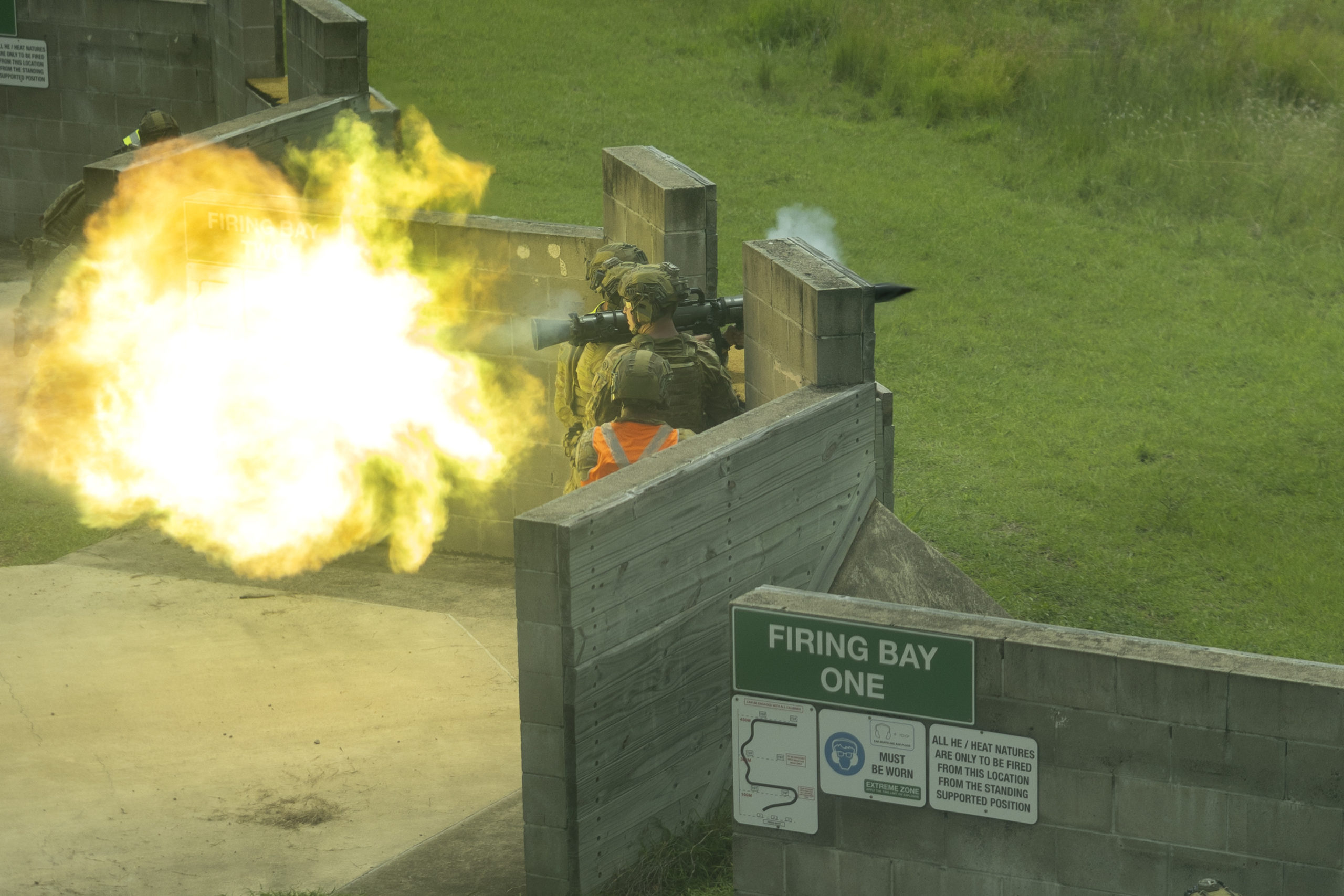By Robbin Laird
When shaping a relevant 21st century defence approach, sustainability is a key aspect of any credible effort. Gone are the days where just in time delivery from distant global supply chains is an effective means for deployed defense assets.
Credible defense capability is built on a foundation of sustainability.
The war in Ukraine has exposed the Achilles heel of Western defense, namely the lack of magazine depth. Munitions and weapons have been in perilously short supply. Digging into one’s war reserves to help the Ukrainians is short term necessity and folly.
We collectively face the challenge of building a 21st century version of the arsenal of democracy, whereby allies build munitions in common and cross support one another in a crisis. Just having a single point of failure or having to wait for delivery from a global supply chain almost certainly to be disrupted is a strategic failure of the first order.
If you are Australia, you face an especially difficult challenge as an island continent which is completely dependent in many areas on long global supply chains and a country in which manufacturing and self-processing of its rich natural resources has not been prioritized. Such a formula guarantees the absence of sustainable forces.
This situation becomes even more significant when one looks at the most plausible allied engagement strategy, namely working with all of its Pacific allies to cross-support one another, and not simply focus on the United States. By enhancing its indigenous supply capabilities, Australia can also form a strategic reserve for allies in the region or forces that might operate from Australia in the future.
But planning for such a future in the context of ongoing studies and briefing charts will not cut the cake. Briefing charts only kill the audience, not the enemy.
So what can be done in the three to five year period do achieve something real and concrete?
One answer is to build indigenous munitions capabilities, essentially a no-brainer from my point of view. If one looks at France, several years ago the government abolished the munitions facility established at the time of Louis XIV. Just in time was enough in our peaceful world. But with Macron focusing on the need for a war economy, the French have already rebuilt their munitions production capability and are proceeding apace.
It is rather obvious that Australia needs to do the same on a priority basis.
During my April 2024 visit to Australia, I had the chance to talk with a key munitions manufacturer, Robert Nioa about the challenge.
He is head of the Nioa group which is described on their website as follows:
NIOA is a privately-owned global munitions company. Established in Queensland, Australia in 1973, today the NIOA Group has strategic locations around the world. We are dedicated to the best practice supply and manufacture of firearms, weapons and munitions to Australian and allied nation defence forces, law enforcement agencies and commercial markets.
My main question to him was could they work an effective strategy of sustainable munitions supply for Australia in the timeframe which I think is critical.
According to Nioa: “Within a three-to-five-year window, we can enable Australia to provide the munitions required for an allied effort within the Indo Pacific region. We need dramatically eto xpand our energetics production, and we can do that within that three-to-five-year window.
“We don’t have enough production capacity in Australia currently to support what we need to do for ourselves, let alone to support allies in the Indo Pacific region.
“But we can build factories within that timeframe to provide the explosives required to produce the kinetic enablers for the ADF and as we scale up for allies in the region. We can build a factory to make solid rocket motors.
“We can build a factory to make the warheads. And then we can bring in technology for the guidance systems for long range strike or even expand conventional munitions production, everything from artillery munitions through to small arms production. It’s simply an allocation of funds and priorities.”
The demand signal for such expanded sustainable capability is clearly there with the shortfalls exposed in the war in Ukraine. By Australia expanding capacity they can become a strategic reserve for allies in the region as well.
And building such a sustainable infrastructure provides the material to enable lethal payloads in the future as new platforms and ways of delivering lethality evolve as well, such as I discuss in my latest book entitled The Coming of Maritime Autonomous Systems.
One can get caught up in imagining weapons of the future and building planning scenarios: but if you don’t have the building blocks in place for effective force sustainability, it really will not matter when you face a determined adversary that has built a sustainable force.
Photo: An Australian Army soldier from 1st Battalion, The Royal Australian Regiment, fires the 84mm Carl Gustaf on 5th January 2024, Townsville Field Training Area, Queensland. Australian Army Soldiers from 1st Battalion, The Royal Australian Regiment conducted static live fire with the 84mm Carl Gustaf, engaging 450-metre targets at the Townville Field Training Area. The training aimed to build confidence in members when using the weapon system and qualify junior non-commissioned officers as a part of the Section Commander Battle Course (SCBC). 5 January 2024. Credit: Australian Department of Defemce.
See also the following:


